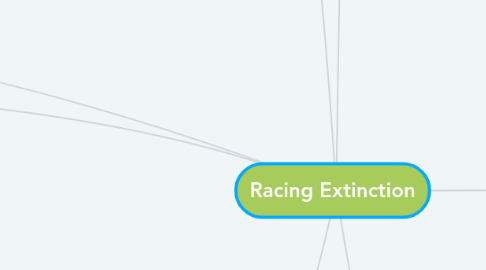
1. build smaller houses
2. Declining Biodiversity
2.1. Causes
2.1.1. habitat loss
2.1.2. urbanisation
2.1.3. chemicals and pesticides
2.1.4. overfishing
2.1.5. illegal trades
2.1.6. poaching
2.1.7. deforestation
2.1.8. ocean acidification
2.2. Effects
2.2.1. collapse of ecosystems
2.2.2. imbalance in food cycle
2.2.3. extinction of species
2.2.4. decline of pollination
2.3. Solutions
2.3.1. CITES (Convention on International Trade in Endangered Species)
2.3.2. FSC label
2.3.3. protect habitat
2.3.4. fund research
2.3.5. fight poachers and illegal trade of protected animals
2.3.6. plant trees, grow flowers
2.3.7. insect hotels
2.3.8. conscious choices (e.g. do not eat tuna)
2.3.9. vote green!
3. Overconsumption
3.1. Causes
3.1.1. overpopulation
3.1.2. wealth
3.1.3. industrialisation
3.1.4. materialism
3.1.5. individualism
3.1.6. capitalism
3.1.7. advertising
3.1.8. peer pressure
3.1.9. consumerism
3.2. Effects
3.2.1. obesity
3.2.2. 'mountains of waste'
3.2.3. war and conflict
3.2.4. exploitation of farmers
3.2.5. 'plastic oceans'
3.2.6. depletion of resources
3.2.7. indecisiveness (too much choice)
3.2.8. 'existential emptiness'
3.2.9. growing gap between rich and poor
3.3. Solutions
3.3.1. sharing (tools, cars, toys, etc.)
3.3.2. communal living
3.3.3. decluttering
3.3.4. second hand products
3.3.5. recycling
3.3.6. have fewer children per couple
3.3.7. renewable energy (solar power, wind energy, geothermal heat, etc.)
3.3.8. seasonal and local food
3.3.9. food awareness
3.3.10. vegetarianism
3.3.11. reduce waste (e.g. doggy bags)
3.3.12. tax luxury products
3.3.13. reusable bags
3.3.14. 'ethical' life style
3.3.15. sustainable technologies
4. Climate Change
4.1. Causes
4.1.1. humanity
4.1.2. overpopulation
4.1.3. overconsumption
4.1.4. fossil fuels
4.1.5. carbon dioxide (CO2 emissions)
4.1.6. increasing methane levels
4.2. Effects
4.2.1. polar ice caps melting
4.2.2. rising temperatures
4.2.3. rising sea levels
4.2.4. permafrost melting
4.2.5. weather changes
4.3. Solutions
4.3.1. renewable and/or green energy
4.3.2. lower CO2 output
4.3.3. lower world population
4.3.4. change transport system
4.3.5. vegetarianism
5. Devastation of the Oceans
5.1. Causes
5.1.1. overfishing
5.1.2. rising temperatures
5.1.3. pollution
5.1.4. acidification
5.1.5. dynamite fishing
5.1.6. transport
5.1.7. tourism
5.1.8. drilling for oil
5.1.9. demand for 'exotic' food
5.2. Effects
5.2.1. rising sea levels
5.2.2. extinction of species
5.2.3. habitat loss
5.2.4. acidification
5.2.5. 'bleaching' of coral reefs
5.2.6. reduction of plankton (photosynthesis - oxygen)
5.2.7. imbalance in marine ecosystem
5.3. Solutions
5.3.1. animal rights' activism
5.3.2. support WWF
5.3.3. reduce plastic and waste
5.3.4. eco label for sea food
5.3.5. lower carbon dioxide output
5.3.6. eco tourism
5.3.7. awareness and education
6. Overpopulation
6.1. Causes
6.1.1. improved health care
6.1.2. lack of birth control/family planning
6.1.3. human instinct
6.1.4. children as 'insurance' for old age
6.1.5. child mortality rates have declined
6.1.6. culture and tradition
6.1.7. religion
6.1.8. lack of education
6.1.9. increased life span
6.1.10. lack of 'natural enemies'
6.2. Effects
6.2.1. overconsumption
6.2.2. global food crisis
6.2.3. water shortage
6.2.4. lack of living space
6.2.5. conflict and migration
6.2.6. more pollution/waste
6.2.7. increasing retirement age
6.2.8. increased job market competition
6.2.9. obsolescence (more old people)
6.3. Solutions
6.3.1. empowerment of women
6.3.2. family planning and (sex) education
6.3.3. making birth control available to everyone
6.3.4. two-child policy
6.3.5. awareness
6.3.6. living on Mars?

